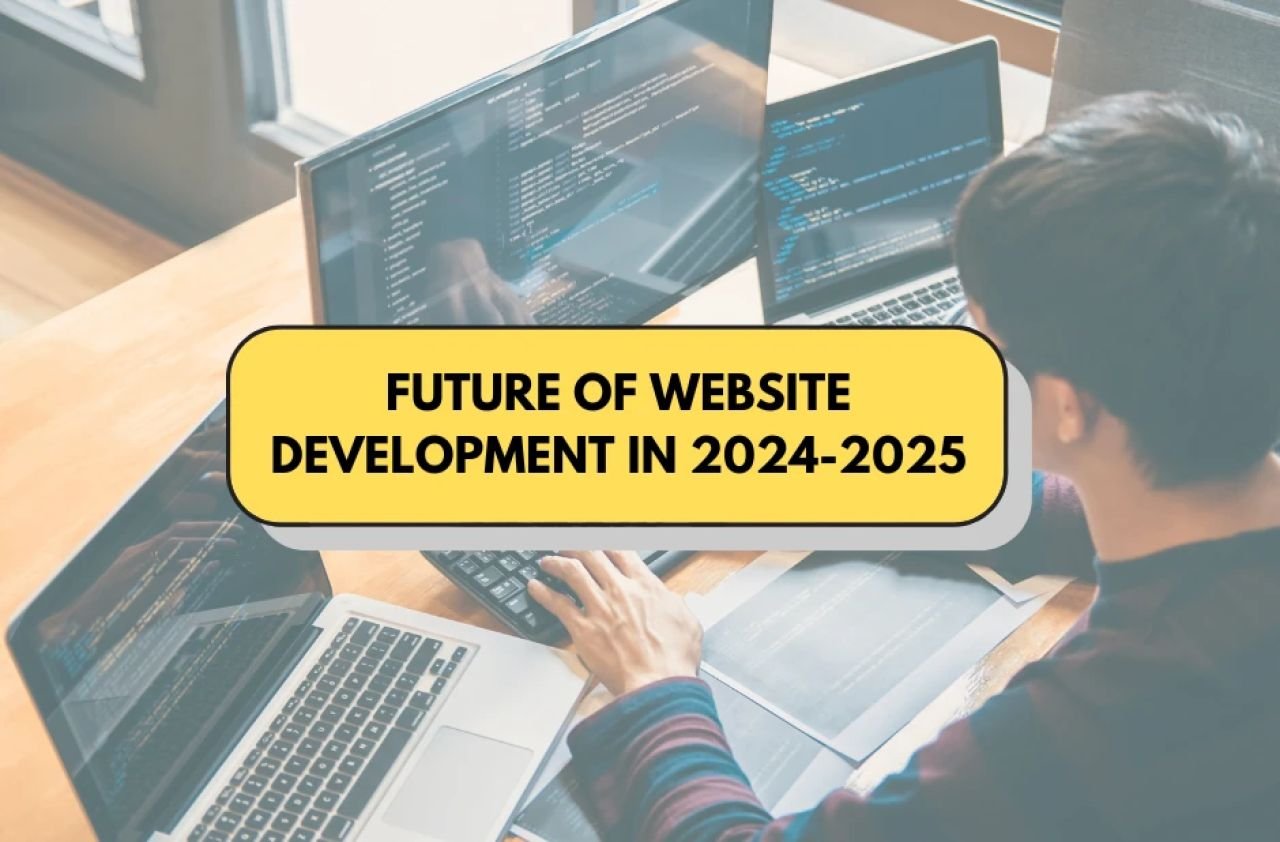The Evolution of Web Design: Trends and Best Practices for 2025

The Evolution of Web Design: Trends and Best Practices for 2025
Introduction
Web design is a constantly evolving field, driven by technological advancements and changing user preferences. As we move into 2024, several new trends and best practices are shaping the way websites are designed and experienced. This blog post delves into the latest developments in web design, offering insights and tips for creating websites that are both visually stunning and highly functional.
1. Responsive and Adaptive Design
With the increasing use of mobile devices, responsive design has become a necessity rather than a trend. In 2024, designers are focusing on creating websites that not only look great on all devices but also adapt seamlessly to different screen sizes and orientations. This approach ensures a consistent user experience across desktops, tablets, and smartphones.
2. User Experience (UX) and User Interface (UI) Enhancements
User experience is at the heart of modern web design. In 2024, the emphasis is on creating intuitive, easy-to-navigate interfaces that prioritize the needs of the user. This includes streamlined navigation, fast loading times, and interactive elements that engage visitors. UI design is also becoming more minimalist, with clean lines and ample white space to improve readability and focus.
3. Dark Mode and Low Light Design
Dark mode has gained popularity for its aesthetic appeal and potential to reduce eye strain. In 2024, more websites are offering dark mode options, allowing users to switch between light and dark themes based on their preference. Additionally, designers are exploring low light design, which reduces the brightness of websites to create a more comfortable viewing experience in dim environments.
4. Advanced Animations and Microinteractions
Animations and microinteractions add a layer of interactivity and engagement to web design. In 2024, expect to see more sophisticated animations that enhance storytelling and guide users through the website. Microinteractions, such as button hover effects and loading animations, provide feedback and make the user experience more enjoyable.
5. Accessibility and Inclusive Design
Designing for accessibility ensures that websites are usable by people with disabilities. In 2024, inclusive design practices are being integrated from the outset, with features like keyboard navigation, screen reader compatibility, and high-contrast visuals. This approach not only broadens the audience but also improves overall usability.
6. Bold Typography and Custom Fonts
Typography continues to play a crucial role in web design. In 2024, bold and expressive fonts are making a statement, helping to convey brand identity and capture attention. Custom fonts are also becoming more accessible, allowing designers to create unique and memorable text elements that enhance the overall design.
7. Sustainable Web Design
As environmental concerns grow, sustainable web design is gaining traction. This involves optimizing websites to reduce energy consumption, such as minimizing resource-heavy elements and improving server efficiency. Sustainable design practices not only benefit the planet but also improve website performance and loading times.
Conclusion
Web design in 2024 is characterized by a blend of aesthetic innovation and practical enhancements. By embracing trends like responsive design, UX/UI improvements, dark mode, advanced animations, accessibility, bold typography, and sustainability, designers can create websites that are both beautiful and functional. Staying updated with these trends and best practices will ensure your website remains relevant and engaging in the ever-evolving digital landscape.





